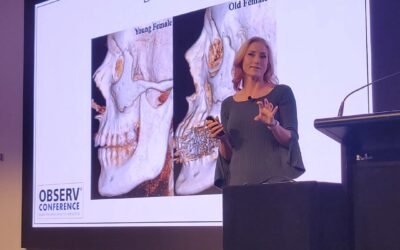So, you’re looking forward to getting some rays this summer and working on your tan? Before you make the decision to tan, you might want to consider the consequences.
A tan is a defence response – your skin is desperately trying to protect itself. Repeated sun exposure leads to permanent damage to the skin. Cosmetically this manifests as varying dark patches of pigment, increased redness or vascularity, and over time sun damage contributes to skin laxity. Once you start to notice patches of pigment on your skin, even from a very young age, this is evidence of sun damage. Although we can achieve stunning results using various clinical-grade skincare containing Vitamin A and antioxidants, this sun damage is impossible to reverse completely.
Our skin cells are known as Keratinocytes; they are protected by a cell called the melanocyte, which produces melanin, the pigment that gives our skin colour and increases with tanning. The melanocytes cells are less numerous and are responsible for ‘looking after’ approximately 36 skin cells in their immediate area. The melanocyte has long octopus-like arms that reach out to these skin cells. The melanocyte with then manufacture and deposit melanin into the skin cell. It forms an umbrella-like formation of pigment over the top of the skin cell nucleus. This whole complex process is known as melanogenesis and its purpose is to help protect our skin cell DNA from the damage caused by UV light.
When we are exposed to UV light, the UV stimulates specific protein messengers which trigger melanocyte-stimulating hormones: this initiates these little pigment factories to become busy producing more melanin. There are different types of melanin formed depending on your genetics: Eumelanin and Pheomelanin. Unfortunately, this not a fool-proof system for protecting the cells – if you have lighter skin you naturally produce more Pheomelanin which is much less effective at absorbing UV, and in the case of redheads, the protection is almost ineffective. Darker skin produces Eumelanin which is a dense brown pigment that is much more effective at absorbing UV. The consequence of having lighter skin with minimal Eumelanin and more pheomelanin is a much more severe aging effect on the skin, including a more rapid breakdown of collagen and elastin, and a much higher potential for skin cancer.
What can you do?
- Reapply a good sunscreen containing additional antioxidants every 1.5 to 2 hours and immediately after sweating or swimming
- Sunscreen is not the only answer to sun protection; you should consider a holistic approach: slather your skin with antioxidants such as vitamins A, C, E, along with other antioxidants such as Superoxide dismutase, spin trap, green tea etc. Reapply these antioxidants at least twice daily. This approach neutralises the damaging cascade of free radicals caused by UV and gives more protection against certain spectrums of light
- Wear wide-brimmed hats
- It seems obvious, but you MUST limit your time in the sun. Sunscreens are only a sun ‘screen’ and don’t provide a total block from the damage
- Cover up: move away from singlets – wear a T-Shirt or shirt that covers your shoulders, chest and back, as these that often get a lot more exposure to UV
Products that help
- Cosmedix Elite Pepoxide – loaded with a multitude of antioxidants
- Cosmedix Peptide-Rich Defence – liposomal sunscreen for sustained protection
- Aspect Dr Active C serum
- Aspect Dr Multi B serum
- Environ Intense C-Boost Mela-Even Cream
- Environ AVST moisturiser (there are 5 levels of strength in this set)
Enjoy your summer by all means. But please, think about your skin! ❤️
From your Skin Team Leader,
Lauren





